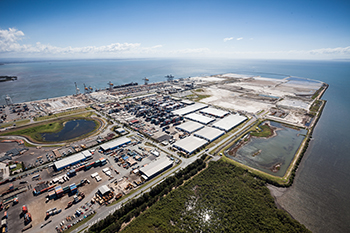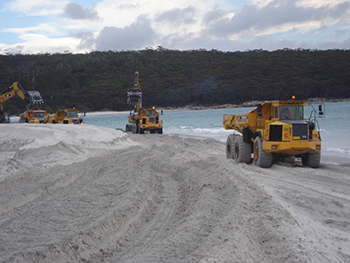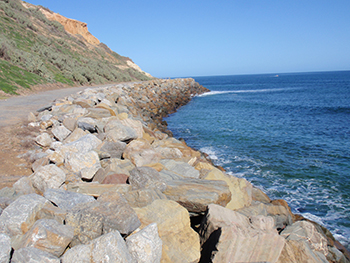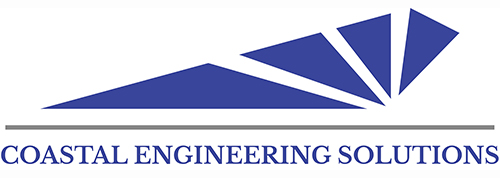 Coastal Engineering Solutions’ staff combine state-of-the-art technical expertise with extensive practical experience to provide clients with innovative, cost effective and environmentally acceptable solutions for the protection of foreshore assets – including beach nourishment/enhancement, groynes, seawalls and breakwaters.
Coastal Engineering Solutions’ staff combine state-of-the-art technical expertise with extensive practical experience to provide clients with innovative, cost effective and environmentally acceptable solutions for the protection of foreshore assets – including beach nourishment/enhancement, groynes, seawalls and breakwaters.
Our approach is tailored to suit specific project objectives and the unique conditions at each site. This invariably relies on our comprehensive skills in relation to understanding natural coastal processes; conducting field data collection; interpretation of historical records; numerical modelling; construction techniques and costs; along with producing detailed engineering design and contract documentation.
In essence, erosion mitigation options can be considered as non-structural “soft” strategies, or structural “hard” solutions. The optimum management strategy could be either soft or hard solutions, or indeed a combination of both.
Non-structural erosion mitigation strategies
 Non-structural strategies of erosion mitigation would typically include:
Non-structural strategies of erosion mitigation would typically include:
- Do nothing – allowing coastal processes to take their natural course while accepting the resulting losses;
- Avoiding development – by implementing regulatory controls with regard to building in undeveloped areas;
- Planned retreat – removing the erosion threat by relocating existing infrastructure away from the vulnerable area;
- Beach nourishment – rehabilitate eroding foreshores by direct placement of sand onto the beach, thereby providing an adequate erosion buffer;
- Beach scraping – by using earthmoving plant and equipment to mechanically relocate sand from the inter-tidal zone or nearshore sandbanks into the upper beach or dune, thereby improving erosion buffers on the beach;
- Configuration dredging – the creation of a deepened area, or a shoal, offshore to change the direction of the waves as they arrive on the foreshore – with the aim of stabilising the local beach;
- Channel relocation – relocate dynamic river or creek entrances that may be contributing to shoreline erosion so that they have a lesser impact.
Structural solutions to mitigate erosion
 Structural solutions that can be utilised to mitigate the threat of erosion include:
Structural solutions that can be utilised to mitigate the threat of erosion include:
- Seawalls – which act as physical barriers to prevent shoreline recession;
- Seawalls with beach nourishment – where the seawall defines the inland extent of erosion, whilst sand is intermittently placed in front of the wall for improved beach amenity;
- Groynes / offshore breakwaters – used to inhibit the natural longshore movement of sand, thereby retaining sand on the eroding foreshore for longer periods;
- Groynes / offshore breakwaters with beach nourishment – where the structure assists in maintaining sand on the beach, and beach nourishment reduces the downdrift erosion caused by the groyne’s interruption to longshore sand supply.

